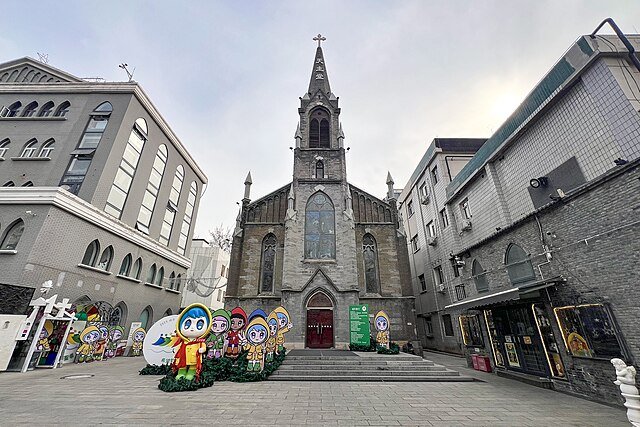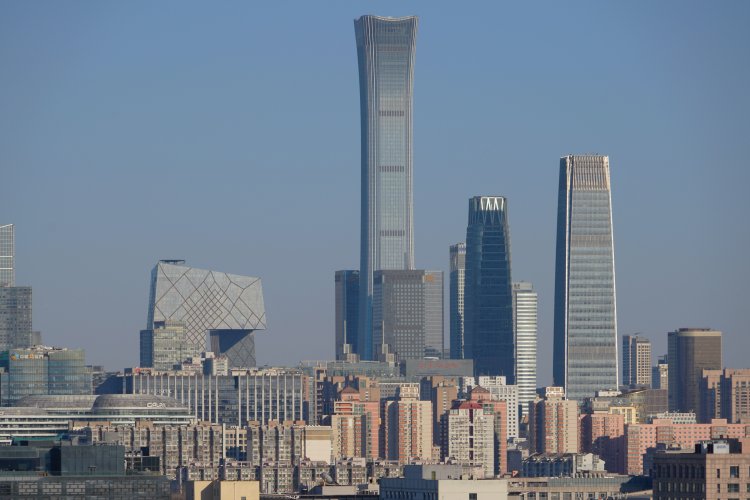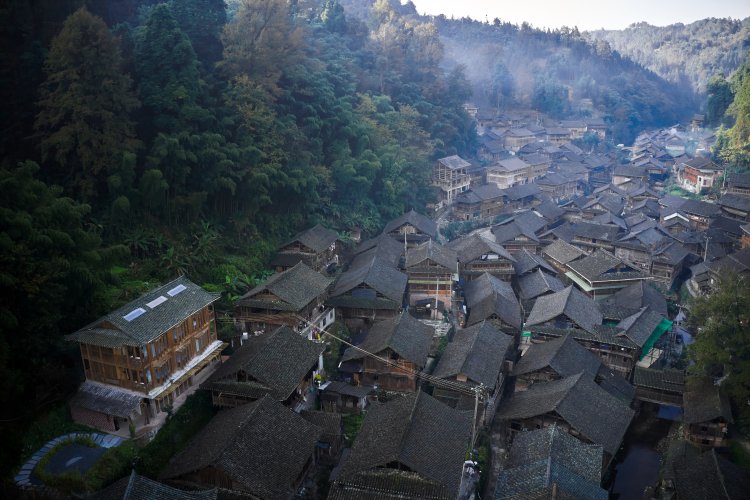Tracing the Hidden History of Four Beijing Churches
Tucked away between shopping malls, state offices, and quiet hutong lanes are four of Beijing's most famous churches. These centuries-old structures, rebuilt after years of turbulence, tell a layered story of imperial diplomacy, missionary persistence and urban survival. While tourists may flock to the Forbidden City or the Temple of Heaven, few realize that just blocks away stand churches also steeped in history.
St. Joseph's Church

We'll start with St. Joseph's Church, known locally as 东堂 (Dōngtáng, or East Church), on Wangfujing Dajie. Built in 1904 atop the ruins of earlier churches destroyed during the Boxer Rebellion, this gray stone structure marries Renaissance and Baroque influences. Its towers and arched windows draw thousands of tourists, yet it still serves a regular congregation. The church reflects a time when French Jesuits played a prominent role in the capital, navigating diplomacy, faith and empire.
St. Joseph's Church 东堂
74 Wangfujing Dajie, Dongcheng District
东城区王府井大街74号
Hours: Mon-Fri, 8am-11am, 2pm-5pm; Sat-Sun, 8am-7pm
Church of the Saviour

Further west stands Church of the Saviour, also known as Xishiku Church or 北堂 (Běitáng, or North Church), hidden behind quiet alleys near Zhongnanhai. Originally constructed by the French Jesuits and completed in 1703, the building has undergone numerous reconstructions. The current building, featuring sharp Gothic arches, was built and designed by Lazarist missionaries in the 1890s, though it has had further renovations since. The church is still active today, drawing everyone from elderly parishioners and curious tourists to young converts. The Christmas and Easter services are especially busy.
Church of the Saviour 北堂
33 Xishiku Dajie, Xicheng District
西城区西什库大街33号
Hours: 8.30am-5pm
Cathedral of the Immaculate Conception

Cathedral of the Immaculate Conception, colloquially known as Xuanwumen Church or 南堂 (Nántáng, or South Church) and located on Qianmen Xidajie, is the oldest Catholic church in Beijing. It was originally built in 1605 by Jesuit missionary Matteo Ricci, and it served as his residence until his death in 1610. Over the centuries, it has been rebuilt multiple times due to fires and political upheaval. The current structure, completed in 1904, reflects a restrained Baroque style. It was closed for renovations from 2019 to 2021 but is now open and continues to host daily masses.
Cathedral of the Immaculate Conception 南堂
141 Qianmen Xidajie, Xicheng District
西城区前门西大街141号
Hours: 8am-11.30am, 2pm-5pm
Church of Our Lady of Mount Carmel

Tucked behind the bustling transport hub of Xizhimen, Church of Our Lady of Mount Carmel, more commonly known as Xizhimen Church or 西堂 (Xītáng, or West Church), offers a rare moment of stillness amid the chaos of northwest Beijing. Originally built in 1723 by Italian missionary Teodorico Pedrini, it was the first non-Jesuit church in Beijing. This is another church that has been rebuilt several times, with the current building being reconstructed in 1912. This church has a modest Gothic style, with a simple bell tower, and it is relatively small. It remains active and holds regular masses as well as Christmas services.
Church of Our Lady of Mount Carmel 西堂
130 Xizhimennei Dajie, Xicheng District
西城区西直门内大街130号
Hours: Mon-Sat, 8am-11.30am, 2pm-5.30pm; Sun, 8am-5.30pm
In a city where tradition and transformation constantly intertwine, Beijing's Catholic churches remain both enduring monuments and living places of worship. They have withstood imperial bans, foreign occupations, political suspicion and gentrification. Whether one enters for mass or mere curiosity, these churches offer a glimpse into Beijing's past.
READ: In Praise of Beijing's Strange and Ugly Buildings
Images: Wikimedia Commons: Morio CC BY-SA 4.0, EditQ CC0, © Peter Potrowl, N509FZ CC BY-SA 4.0







